May 21, 2025 | 07:59 GMT +7
May 21, 2025 | 07:59 GMT +7
Hotline: 0913.378.918
May 21, 2025 | 07:59 GMT +7
Hotline: 0913.378.918
Since the beginning of February 2022, rubber prices at key Asian exchanges have increased again. According to the Association of Natural Rubber Producing Countries (ANRPC), the easing of restrictions related to the Covid-19 pandemic such as the reopening of borders in some countries and the resumption of economic activities will contribute significantly to the recovery of rubber demand in 2022.
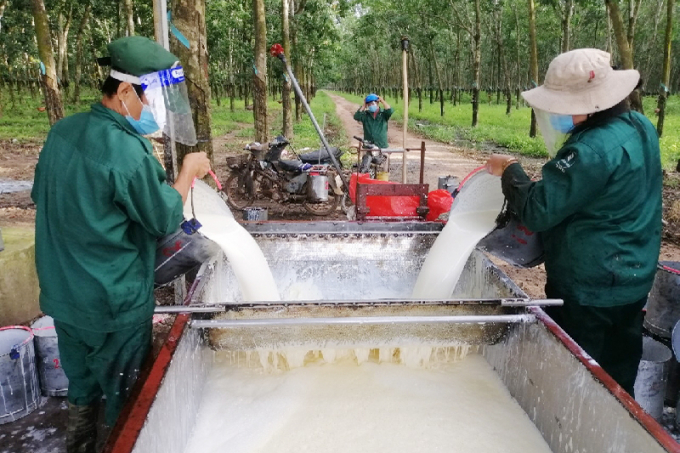
Vietnam's rubber sector has the opportunity to recover in 2022 and the coming years. Photo: NNVN.
Therefore, the prospect for the rubber sector in 2022 will be very promising, the selling price will continue to remain at a high level. ANRPC forecasts that global rubber production in 2022 will increase by 5.6% compared to 2021. In 2023, it is expected that the global rubber supply shortage will increase, with increasing shortage in the following years until 2028 and may last until 2031 due to the widening supply and demand gap.
This forecast has been made on the basis of planting trend assessment and the possibility of expanding the area of mature rubber trees in rubber producing countries. The natural rubber sector has escaped the period of prolonged excess supply.
In 2021, Vietnam's rubber sector has made efforts to fulfill the "dual goal", while effectively preventing the Covid-19 pandemic. With an estimated output of 1.2 million tons in the year, Vietnam's natural rubber sector ranks third in the world, accounting for a market share of 8.7%; and exports reached 1.9 million tons, accounting for 17.4% of the global market share. The Vietnamese rubber yield in 2021 is estimated at 1,682 kg/ha, continuing to lead Asia, surpassing major producing countries such as India, Thailand and Malaysia.
In 2021, China continues to be Vietnam's largest rubber consumption market, rubber exports to this market increase compared to 2020. According to statistics by the General Department of Customs, in 2021, Vietnam exported to China 1.39 million tons of rubber, worth 2.28 billion USD, up by 2.6% in volume and by 25% in value compared to 2020; the average export price reached 1,636 USD/ton, up by 21.8% compared to 2020…
Translated by Nguyen Hai Long

(VAN) Oliyar, a prominent Ukrainian oil and fat manufacturer, has revealed plans to build a farm for 2.3 million laying hens in the Lviv region. The additional production quantities promise to change the competitive landscape of the egg market of the Eastern Europe region.
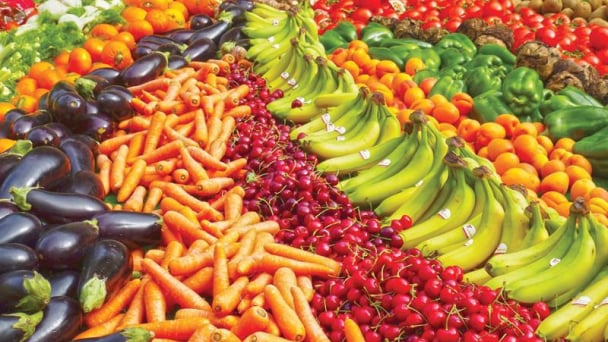
(VAN) On May 15, Ministry of Agriculture and Environment of Vietnam hosted the 'Connecting Vietnam - Germany agricultural, forestry and fishery trade' seminar in Berlin, Germany.
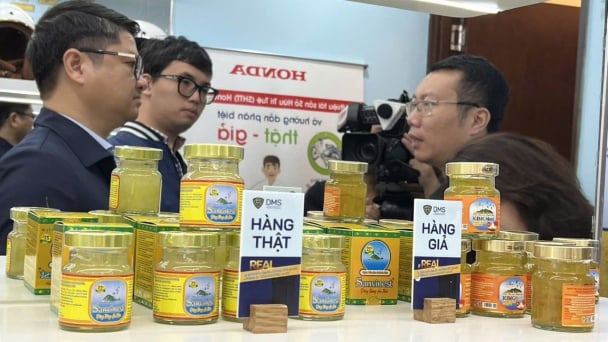
(VAN) In the face of counterfeit and imitation products, Khanh Hoa Salanganes Nest Company hopes for the prompt completion of the legal framework, strict enforcement against violations, and protection of the bird’s nest brand.

(VAN) Japan's efforts to lower the price of rice through the release of its stockpile may finally be making some progress, albeit at a snail's pace.
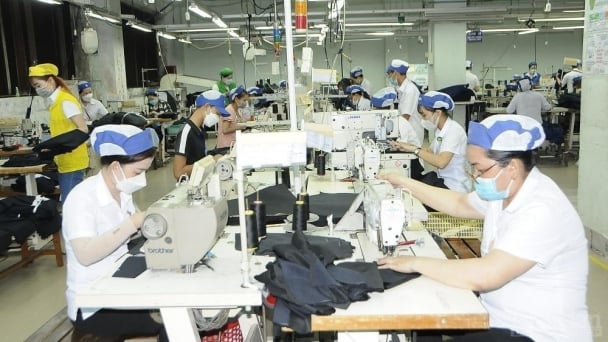
(VAN) U.S. tariffs are not only a 'shock', but also an opportunity for Vietnamese businesses to renew their mindset toward comprehensive development.
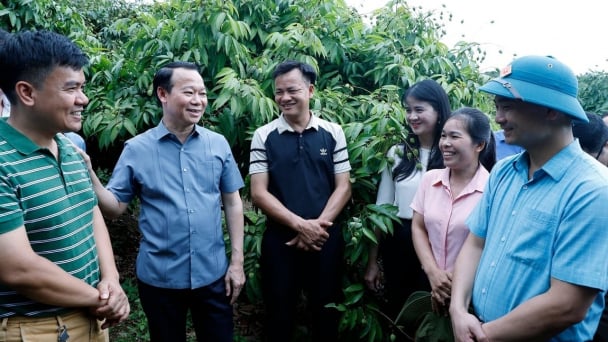
(VAN) As Bac Giang lychee enters the harvest season, Minister Do Duc Duy expects that the fruit will contribute greatly to agricultural exports due to standardized production and deep processing.
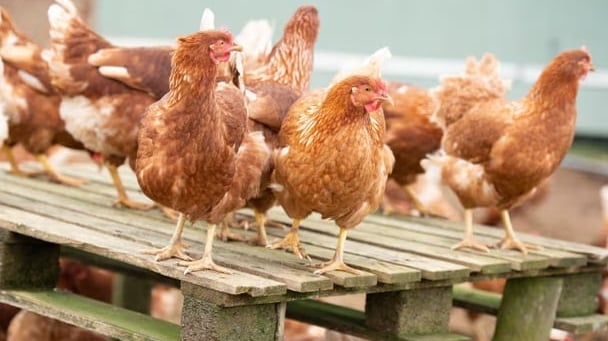
(VAN) Consumers have shown a preference for free-range eggs, but those farming systems are more vulnerable to biosecurity risks like bird flu.